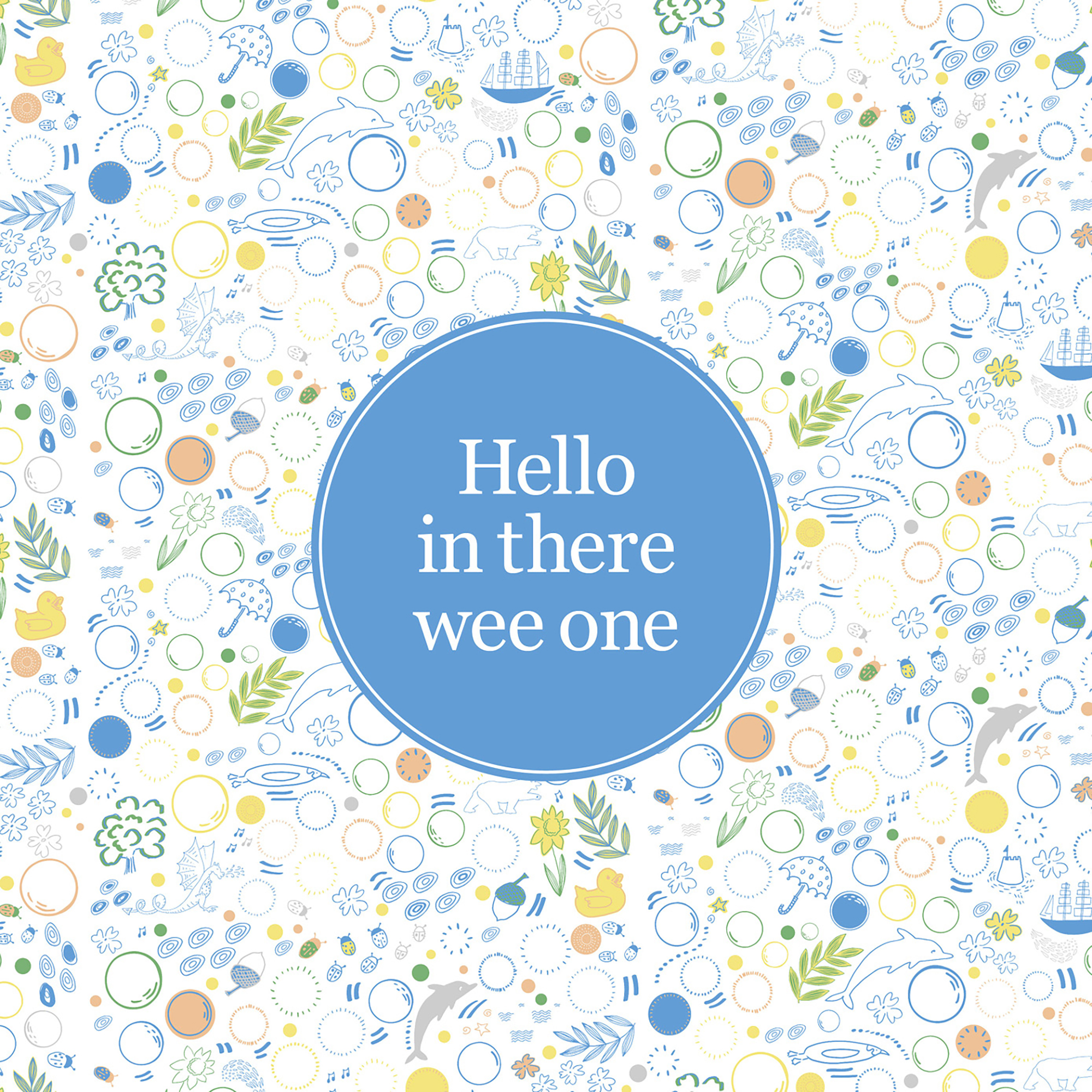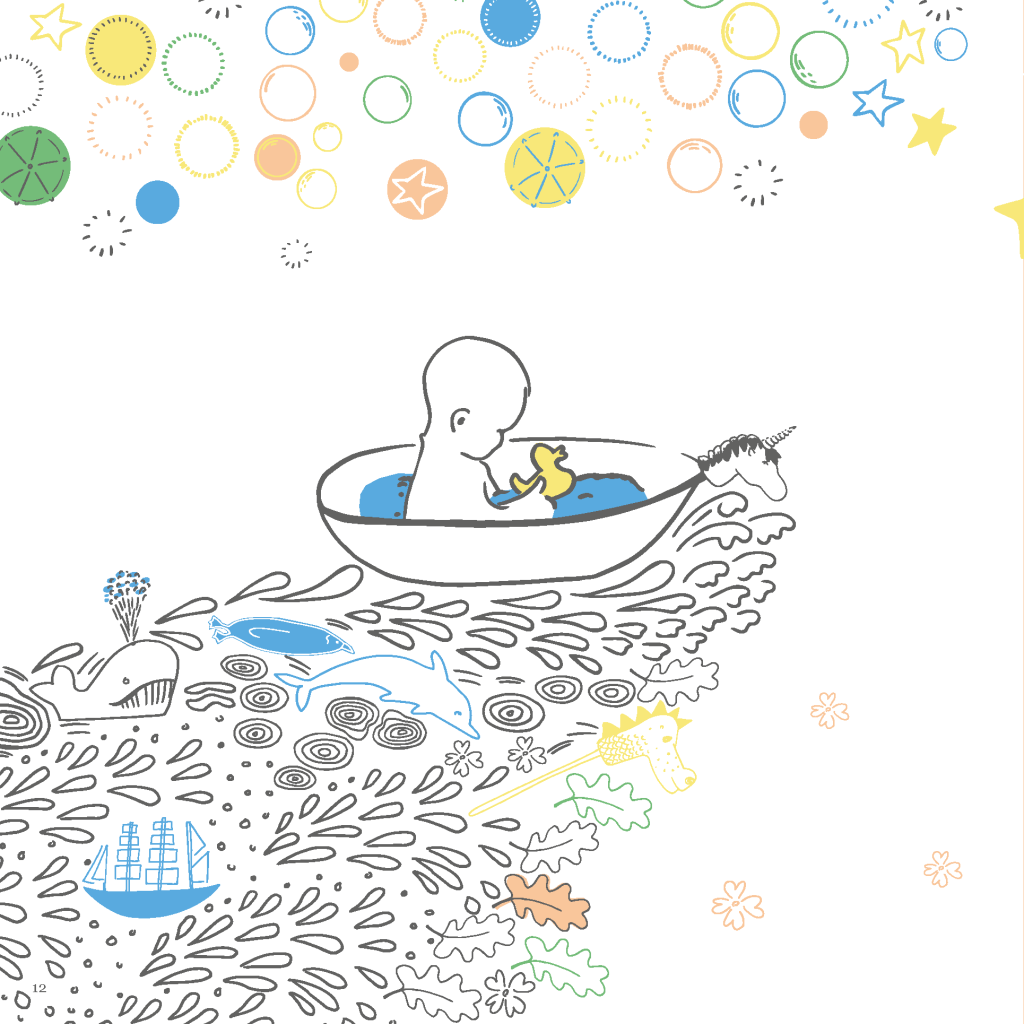‘Hello in there wee one’ was created in a collaboration between NHS Tayside, Dundee City Council, Dundee Contemporary Arts and University of Dundee. The book goes to every expectant parent in Dundee and is designed to promote bonding and communication during the pregnancy as we know this supports better outcomes. We want to provide the professionals like midwives and family nurses, who are introducing this book to families, with an understanding of why this pre-birth interaction important, and how we know that it makes a difference. This page brings together some of the current research which we drew upon in developing the messages for the book and highlights the key evidence.
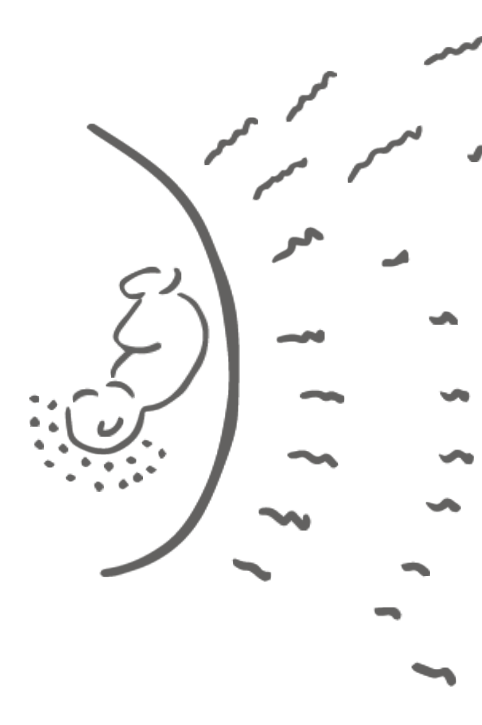
Babies in the womb hear the voices around them. They hear and feel the internal vibrations of mum talking first, and later they will also hear others around them.
We know this because researchers have recorded how babies in utero react to sounds with movement or changes in their own heart rate
e.g.Voegtline, K. M., Costigan, K. A., Pater, H. A., & DiPietro, J. A. (2013). Near-term fetal response to maternal spoken voice. Infant Behavior and Development, 36(4), 526-533. https://doi.org/10.1016/j.infbeh.2013.05.002
When they arrive, babies will recognise sounds they’ve heard in the womb and are likely to be soothed by their familiarity.
Researchers have shown that newborn babies show preferences for voices, languages, stories and melodies which they have regularly heard within the womb, compared to unfamiliar sounds. This can have a powerful impact. For example, researchers have found that together with skin-to-skin contact, maternal singing of a familiar lullaby helps to regulate preterm infants’ heart rate, and decrease maternal anxiety.
e.g. Arnon, S., Diamant, C., Bauer, S., Regev, R., Sirota, G., & Litmanovitz, I. (2014). Maternal singing during kangaroo care led to autonomic stability in preterm infants and reduced maternal anxiety. Acta paediatrica, 103(10), 1039-1044. https://doi.org/10.1111/apa.12744
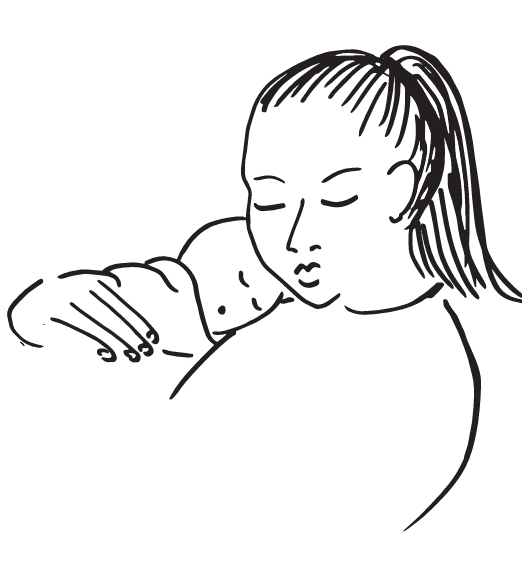

Visualising the baby, or imagining being a parent, helps parents develop an emotional bond with their unborn baby.
Research has shown that thinking about the baby and planning for a future together when the baby is in utero helps parents to bond with their babies
e.g. Vreeswijk, C. M., Maas, A. J., Rijk, C. H., & van Bakel, H. J. (2014). Fathers’ experiences during pregnancy: Paternal prenatal attachment and representations of the fetus. Psychology of Men & Masculinity, 15(2), 129. http://dx.doi.org/10.1037/a0033070
This is shown to be true even in difficult circumstances
e.g. Kordi, M., Fasanghari, M., Asgharipour, N., & Esmaily, H. (2016). Effect of guided imagery on maternal fetal attachment in nulliparous women with unplanned pregnancy. Journal of Midwifery and Reproductive Health, 4(4), 723-731. https://doi.org/10.22038/jmrh.2016.7554
Communicating with their unborn baby helps parents to feel connected, and it also helps the baby to feel connected to them.
We learned this from novel research at the University of Dundee which found that babies in utero respond differently to interactive talk and touch when these are directed toward the baby as a conversational partner, and non-interactive touch and speech, when mum talked to another person or touched her belly absent mindedly.
e.g. Nagy, E., Thompson, P., Mayor, L., & Doughty, H. (2021). Do foetuses communicate? Foetal responses to interactive versus non-interactive maternal voice and touch: An exploratory analysis. Infant Behavior and Development, 63, 101562. https://doi.org/10.1016/j.infbeh.2021.101562

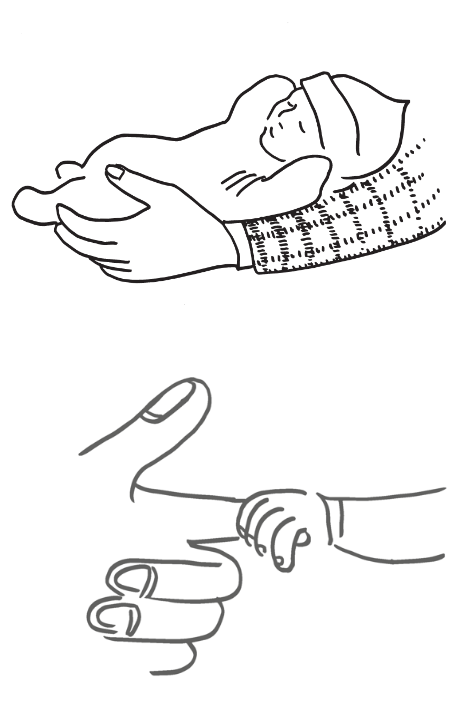
Feeling connected to the baby during pregnancy helps bonding go well when the baby arrives.
Longitudinal research has shown that parent’s ability to think about their baby’s experiences, thoughts and feelings during pregnancy and interact with their bump predicts a more positive relationship with their baby when they arrive.
e.g. Alismail, F., Stacks, A. M., Wong, K., Brown, S., Beeghly, M., & Thomason, M. (2022). Maternal caregiving representations of the infant in the first year of life: Associations with prenatal and concurrent reflective functioning. Infant mental health journal, 43(2), 311-327. https://doi.org/10.1002/imhj.21951
The quality of prenatal attachment predicts the quality of postnatal attachment, which has well established protective health benefits throughout the lifespan.
e.g. Benoit, D., Parker, K. C., & Zeanah, C. H. (1997). Mothers’ representations of their infants assessed prenatally: Stability and association with infants’ attachment classifications. Journal of Child Psychology and Psychiatry, 38(3), 307-313. https://doi.org/10.1111/j.1469-7610.1997.tb01515.x
and
Trombetta, T., Giordano, M., Santoniccolo, F., Vismara, L., Della Vedova, A. M., & Rollè, L. (2021). Pre-natal attachment and parent-to-infant attachment: A systematic review. Frontiers in psychology, 12, 620942. https://doi.org/10.3389/fpsyg.2021.620942
Even when pregnancies don’t proceed as hoped, having felt more connected can help parents to process their loss.
Prenatal bonding gives babies the best start and is positive in its own right. Research shows that avoiding prenatal connection doesn’t help any subsequent loss of a baby to feel less. In fact, grieving is more complex and prolonged when parents don’t bond with their baby in utero.
e.g. Kersting, A., & Wagner, B. (2012). Complicated grief after perinatal loss. Dialogues in clinical neuroscience, 14(2), 187-194. https://doi.org/10.31887/DCNS.2012.14.2/akersting

You can click on the links above to find the research papers on their journal’s website. We hope you will find them useful. If you find any of them difficult to access you can get in touch with us here.

